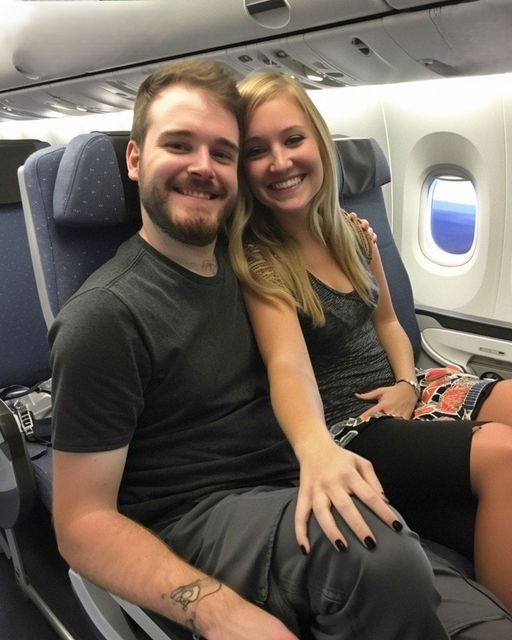John Wayne became one of the most well-known movie stars in history due to his successful career. The actor of “True Grit” began his professional life in a different field before achieving fame as a major cinematic star of his time.
John Wayne was not only a well-known movie star but also a renowned family man.
John Wayne had seven children from three separate marriages. Unlike many other actors’ children who may have grown up without one of their parents present, John Wayne’s situation was unique as he had a large family from multiple marriages.
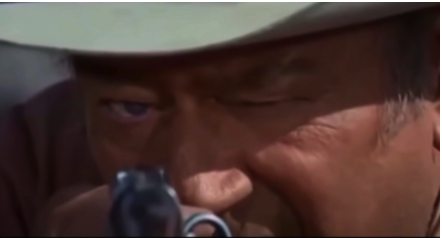
Following his tragic demise, many of his children have openly spoken about him, revealing the truth for all to see. This comprehensive account provides you with all the essential information about the renowned John Wayne, including the details surrounding his untimely passing.
John Wayne was not originally named John Wayne. He was born Marion Morrison on May 26, 1907 in Winterset, Iowa. His name was changed when he was young because of his parents’ dog named Duke.
John Wayne – early life, name
According to biographer Scott Eyman, there is a picture of him in the book where he appears to weigh around 80 pounds. In the book, Marion was known as Little Duke. He was fond of this name and throughout his life, he always insisted that people address him as Duke.
Wayne’s family made the decision to relocate to Glendale, California when he was about nine or ten years old. His father started working as a pharmacist there, but the family encountered numerous difficulties during their journey. To put it simply, they discovered that achieving success in California was not as easy as they had anticipated. However, this experience provided John Wayne with the chance to witness various things that would greatly influence his personality and principles.
His time spent in that place likely had a significant impact on his future, solely for this particular reason.
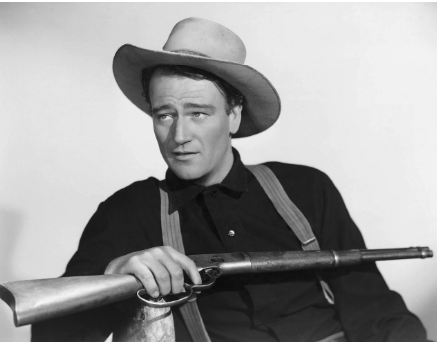
Wayne’s father Ethan shared that his grandfather had a young son and a sick father. They decided to move to the Mojave Desert to start farming, but it was a tough place to farm and they were unsuccessful. The boy had a strong-willed mother who made life difficult for them.
The father always seems unhappy and it’s hard for him. Eventually, they settle in Glendale, which used to be a small, countryside area. The father was outgoing, while the mother was strict. I believe [John] found comfort and formed connections at school.
At Glendale High School, John discovered his love for acting. Alongside his achievements in football and academics, he actively took part in student theatrical productions and engaged in various other activities.
He was in charge of the debate team, actively participated in the dance committee, and held the position of editor-in-chief for the school newspaper.
Wayne, the team captain, led the football squad to victory, earning himself a football scholarship to the University of Southern California. This opportunity was his first taste of fame.
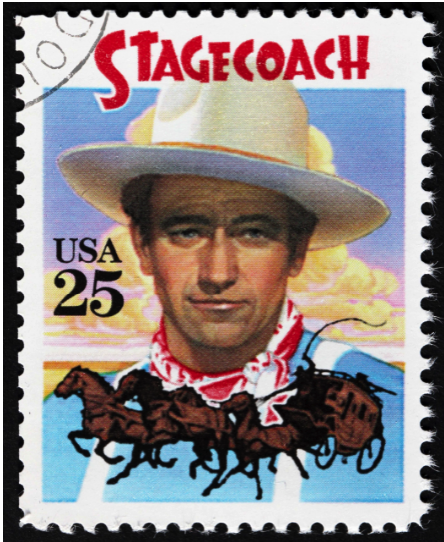
Initially, he excelled as a student, but due to the high cost of tuition, he eventually dropped out to start working. However, there were other factors that also influenced his decision to not pursue a college education.
The young John Wayne seemed to have plans of joining the National Football League, but unfortunately, his dreams were shattered when he got injured in a bodysurfing accident in 1926. Despite his talent and determination, his path took a different turn.
Wayne landed a position at the nearby film studios, working as a prop assistant and appearing as an extra in various movies. This is where he met important figures in the industry, such as John Ford, who shared valuable knowledge with him.
Wayne mentioned in Scott Eyman’s biography, “John Wayne: The Life and Legend,” that he had experience in various roles within the film industry. He worked as a carpenter and a juicer, rigged lights, assisted in set construction, carried props, and transported furniture. Through these tasks, he gained a deep understanding of the intricacies involved in the process of creating movies.
While working on the 1928 film Mother Machree, Wayne worked alongside Ford for the first time, herding geese on set. He had been at the studio for years and was familiar to many. Director Raoul Walsh, who initially hired John when he was still Marion Morrison, was one of the people who knew him well.
Shortly after, he was chosen to play the lead role in the 1930 film The Big Trail, and it was during the filming of this movie that his name was permanently changed.
Eyman explained that during that time, the studios had a preference for names that sounded more classical rather than ethnic names.
How John Wayne changed his name
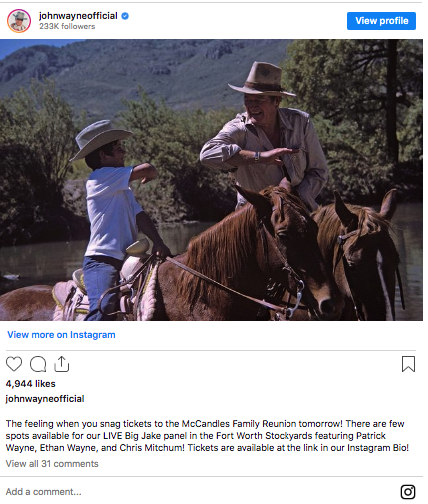
The head of Fox Studios, Winfield Sheehan, admired the Revolutionary War general ‘Mad Anthony’ Wayne, which is why the name ‘Wayne’ was chosen. The addition of ‘John’ to the name came about naturally during conversations as it seemed to complement ‘Wayne’ well, creating a pleasing balance.
Marion, who was also called Duke by his family, adopted the name John Wayne from that moment onwards. This event also marked the beginning of a truly iconic career in the history of cinema.
Wayne’s journey led him to a series of timeless films. Initially, he played a prominent role in the renowned movie “Stagecoach” from 1939. This success paved the way for him to star in numerous other popular films during the 1950s, including “The Quiet Man,” “Rio Bravo,” and eventually “The Man Who Shot Liberty Valance.” In 1969, he made a notable appearance in “True Grit.”
Despite John Wayne gaining popularity rapidly, he never considered himself a major celebrity. He believed that “Duke Morrison” and “John Wayne” were two distinct individuals coexisting within him.
“The guy you see on the screen isn’t really me,” Wayne said in 1957.
My name is Duke Morrison, and I have never been nor will I ever be a famous actor like John Wayne. I am quite familiar with him since I am one of his most dedicated followers. In fact, my livelihood depends on my deep knowledge of his life and work.
Nowadays, numerous actors immerse themselves in their roles by fully embodying the characters they are set to portray. Authenticity plays a crucial role in effectively portraying a different individual, and skilled actors strive to thoroughly understand their character.
John Wayne didn’t fully adhere to this approach. Eyman stated that he made it a point for others to address him by his childhood moniker, Duke.
John Wayne – marriages, wife, children
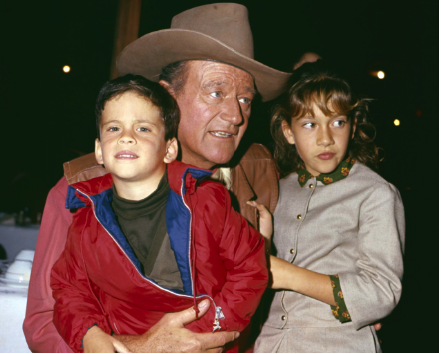
According to Eyman’s autobiography, Wayne saw himself as Duke Morrison in his own thoughts. He believed that John Wayne was like the Tramp character to Charlie Chaplin, where it reflected parts of his personality but didn’t completely overshadow it.
In 1975, the actor expressed, “Throughout my life, I have been known as Duke, Marion, or John Wayne. This name combination has always resonated with me, as it flows seamlessly and feels like a single entity: JohnWayne.”
John found success in his film career, but he also took on the roles of husband and father. However, his personal life away from the spotlight was filled with unexpected events and challenges.
In 1933, he tied the knot with his first wife, Josephine Wayne, and together they had four children named Patrick, Mary, Michael, and Melinda. However, after 12 years, the couple decided to separate. Just a year later, he entered into a second marriage with Esperanza Baur, which lasted for a total of eight years.
Wayne got married for the third time in 1954. He wed Peruvian actress Pilar Pallet and together they had three children named Aissa, Ethan, and Marisa. Their marriage lasted until Wayne’s death.
It must have been quite unusual for Wayne’s children to grow up with a father who was a famous Hollywood actor. Despite this, Wayne never considered himself superior to others.
In an interview with Jeremy Roberts in 2017, Patrick, one of his youngest children, shared some valuable information about his father’s personality.
John Wayne – cancer and last film
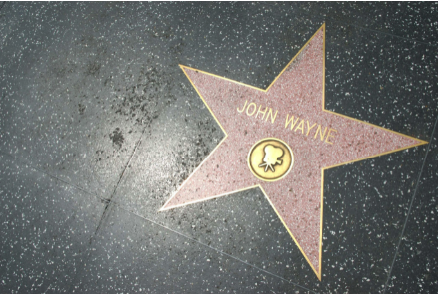
My father possessed a captivating aura that would captivate anyone in his presence. Whenever he entered a room, all activity would halt. Similarly, within a short span of five minutes, he had the ability to effortlessly put you at ease and make you feel comfortable. His charm and relaxed nature were innate qualities that he effortlessly displayed,” he explained.
Patrick’s friends didn’t think it was a big deal that his father was the famous John Wayne.
They recognized me and my father. My father was gaining importance and recognition, evolving in a way. He was becoming increasingly famous within our group of friends.
Regrettably, during the height of his acting career, John Wayne received devastating news from his doctors.
In 1964, Wayne received a diagnosis of lung cancer. He underwent surgery to remove his left lung and four ribs, and there was hope for a possible recovery.
This also, of course, affected John’s family life.
Ethan, John’s son, expressed that he would receive homeschooling in Mexico as his father anticipated not being present in his life as he grew older. Ethan also acknowledged the possibility of losing his father while he was still a young teenager.
Despite this, the famous actor continued to smoke and chew tobacco, actions that surely did not contribute positively to their well-being.
John Wayne – cause of death
John Wayne’s final film was The Shootist in 1976. After its release, his health declined rapidly. His daughter, Aissa, admitted that she found it difficult to watch the movie.
In previous movies, Wayne had experienced death multiple times. However, for Aissa, the movie called “The Shootist” had a distinctiveness to it.
Aissa expressed in her book “John Wayne: My Father” that it was deeply unsettling to witness his character’s battle with cancer in the movie.
The haunting presence of cancer had never completely disappeared for our family, although it wasn’t exactly a curse. My Uncle Bob had already succumbed to the disease before the time of “The Shootist,” and ever since then, I had been living with the constant worry that cancer might strike my father as well. Even though his cancer wouldn’t be detected until two years later, I believe that when he made “The Shootist,” my father harbored similar concerns.
In 1978, John Wayne’s voice started to weaken and he was unable to continue working. Despite his efforts to conceal it, his cancer had returned. Sadly, on June 11, 1979, John Wayne passed away at the age of 79. The official cause of his death was determined to be stomach cancer.
Upon the detection of cancer, medical professionals determined that the actor’s condition was too feeble to commence chemotherapy and experimental therapy.
John Wayne died at the UCLA Medical Center in Los Angeles, California. He was with his family during his final moments and experienced periods of consciousness before passing away.
Last words
John Wayne is commonly viewed as a tough cowboy in Western movies, embodying masculinity. However, he also had a gentle and kind side to him.
Wayne’s daughter, Aissa, was by his side in his bed when he passed away. As she held his hand and questioned if he recognized her, he uttered his final words, which were truly touching.
Aissa remembered her father’s words, “I am well aware of your identity. You are my beloved daughter, and I have deep affection for you.”
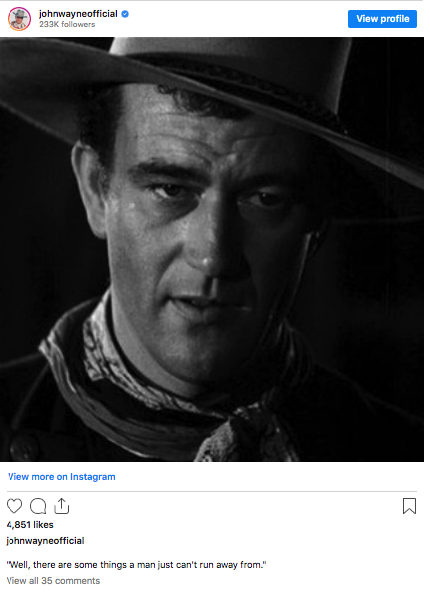
Wayne was buried in Newport Beach, California’s Pacific View Memorial Park Cemetery. The exact spot remained undisclosed for a long time, but it is positioned on a hillside that offers a breathtaking view of the ocean.
For a long time, nobody knew where his grave was, as mentioned in an LA Times article. Due to security measures, his fans were unable to attend his burial, making it a private affair. Surprisingly, his burial site remained unmarked for two decades.
Spread the word about this article on Facebook by sharing it with your friends and family!


